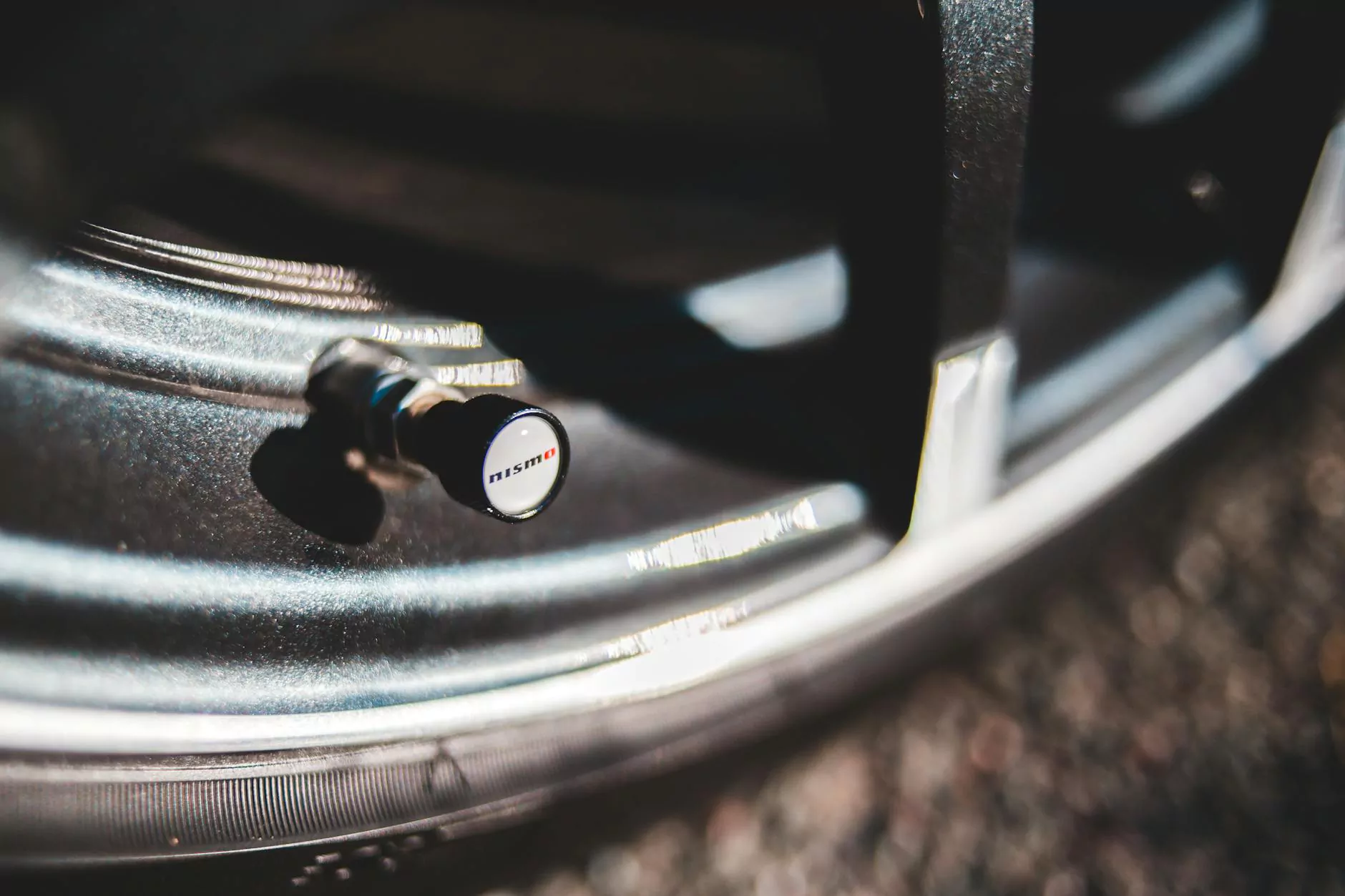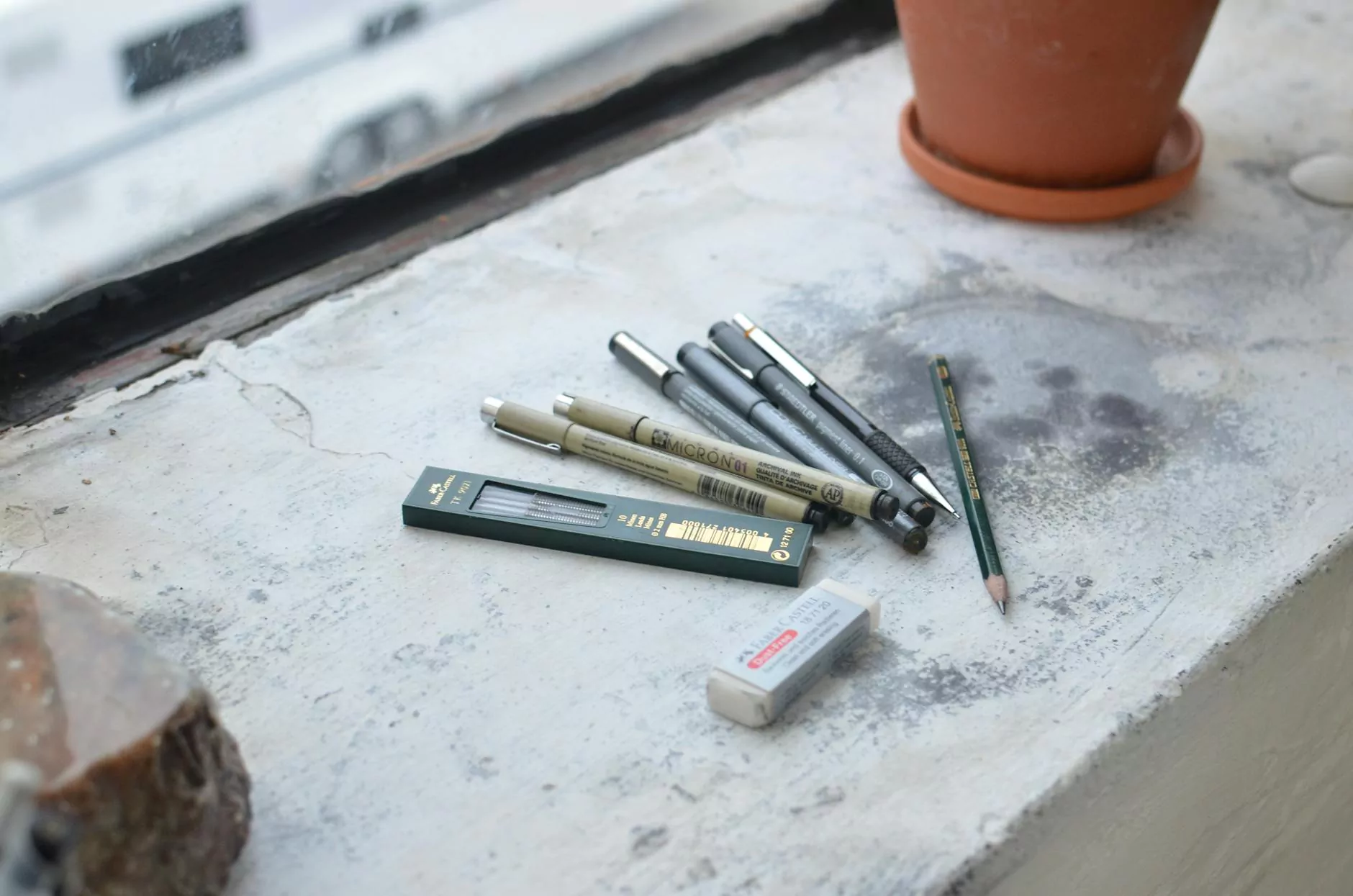Bleeding the Air Out of a Diesel Engine Fuel System

Welcome to Grafco Electric, your trusted source for expert guidance on maintaining and optimizing diesel engine fuel systems. In this comprehensive guide, we will provide you with detailed steps and tips on effectively bleeding the air out of a diesel engine fuel system.
Understanding the Importance of Bleeding Air from a Diesel Fuel System
Having air in a diesel engine fuel system can lead to various operational issues and hinder the engine's performance. Air can find its way into the fuel system through improper maintenance, fuel leakage, or even after replacing fuel filters. Bleeding the air out of the system is essential for ensuring smooth engine operation, preventing power loss, and avoiding potential damage.
Step-by-Step Guide to Bleeding Air from a Diesel Engine Fuel System
Step 1: Preparation
Before starting the bleeding process, it is crucial to ensure the engine is turned off and in a safe operating condition. Additionally, gather the necessary tools and equipment, including a clean container, a suitable wrench, and any specific bleeding tools recommended for your engine model.
Step 2: Locate the Bleed Screws
To begin bleeding the air from the fuel system, locate the bleed screws on the fuel filters, injection pumps, and other relevant components. Refer to your engine's manual or consult a professional technician if you are unsure about the exact location.
Step 3: Position the Container
Place a clean container below the bleed screws to catch any fuel or air that will be released during the bleeding process. This will prevent any spills and ensure easy disposal.
Step 4: Open the Bleed Screws
Using a suitable wrench, carefully loosen the bleed screws on each component. Start with the component closest to the fuel tank and work your way towards the engine. Ensure the screws are loosened enough to allow air and fuel to escape but not fully removed.
Step 5: Activate the Fuel System
Now, activate the fuel system by turning the ignition to the "On" position, but not starting the engine. This will allow the fuel pump to circulate fuel through the system, purging the air trapped within. Monitor the bleed screws closely for any signs of air escaping.
Step 6: Bleeding the Air
Starting with the component closest to the fuel tank, slowly and steadily open the bleed screw until a steady stream of fuel, free of air bubbles, is observed. Allow the air to purge completely before moving on to the next component. Use caution to prevent any fuel spillage.
Step 7: Repeat the Process
Continue bleeding the air from each component in the correct sequence until all air is eliminated from the fuel system. Always refer to your engine's manual or seek professional assistance to ensure you follow the correct bleeding procedure specific to your engine model.
Tips for Successful Air Bleeding
To optimize the efficacy of the air bleeding process and ensure a thorough job, consider the following tips:
- Keep the fuel tank adequately filled to avoid introducing additional air into the system.
- Exercise patience during the bleeding process, especially if air bubbles are persistent. It may take some time to fully evacuate the system.
- Check for any signs of fuel leaks or loose fittings during the bleeding process. Address and resolve these issues promptly.
- Clean and inspect all bleeding screws and related components regularly to prevent any clogging or damage.
- If you encounter difficulties or are unsure about any step of the bleeding process, seek professional assistance to avoid potential engine damage.
Conclusion
Bleeding the air out of a diesel engine fuel system is a critical maintenance procedure that ensures optimal performance and longevity. By following the step-by-step guide outlined above and considering the recommended tips, you can effectively eliminate air from your system and maintain a smoothly running diesel engine. For expert advice and assistance on diesel engine maintenance, trust Grafco Electric.









